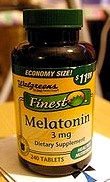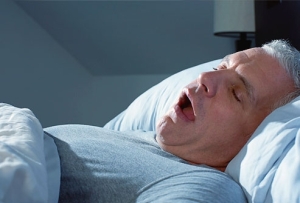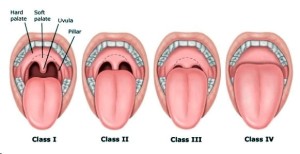Tracie Harley, RDH was a Super Hygienist. She exuded a contagious passion for helping her patients, and everyone loved her. She was admired for her clinical skills and successful patient compliance. Tracie enjoyed working as an itinerant “temp” hygienist because it gave her the opportunity to meet new dental professionals and learn from them.
When COVID-19 set in and dental practices needed to shut down, (Periodontal disease was not classified as an “essential” medical service), Tracie had time to reflect on her future. Her love for dental hygiene was overshadowed by the fear of returning to a risky dangerous occupation. Her concern about contaminated aerosols and the intimate physical contact with unknown strangers made her re-think her future.
DISAPPOINTMENT IS A SMALL OBSTACLE ON THE ROAD TO SUCCESS
That’s when she made the painful decision to investigate other options. She wanted to stay in Dentistry. She spoke with her friend Susan who was working as a Dental Sleep Coordinator in a Sleep Practice.
With the advice of her friend, Tracie took a Sleep Coordinator training course, got placement assistance, became situated in a high value private dental practice and quickly concentrated on screening patients for Sleep Breathing Disorders like Obstructive Sleep Apnea.
Within two months of making her decision she was helping the dentist treating patients, on average three each day, for sleep apnea. The average income for each case was $4000. This generated for the office $12,000 a week for three easy, relaxed, rewarding half days a week. And Tracie‘s income for this was three times greater than before as a hygienist.
This may sound like “pie in the sky” but it is a conservative example. When you check around you will find examples like this being quietly conducted all throughout the nation.
The happy ending- Tracie stayed on 3 half days a week as the Sleep Coordinator. How is that for a ROI of 6 weeks’ training?
If you are interested in getting into this exciting, rewarding, life-saving Dental Sleep Medicine field you may contact me at cskdoc@aol.com for more information








